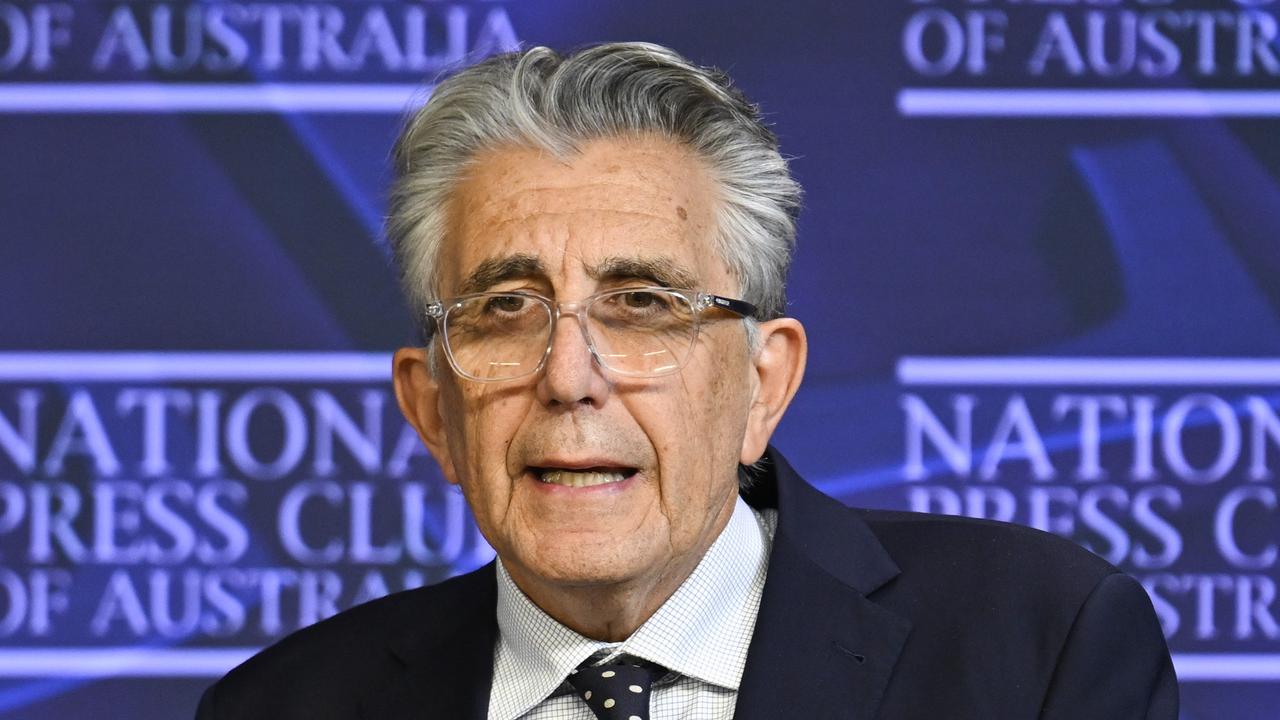Case for more curbs on Australian litigation funders
THERE is one key differences between the Australian and British class-action systems.

ONE of the key differences between the Australian and British class-action systems is the system of regulating the litigation funders that finance the most lucrative claims.
Damian Grave, who is co-author of Class Actions in Australia, said the leading litigation funders in Britain were bound by a voluntary code that came into force in November 2011.
“That code, in an informal way, seeks to bring into play some of the concerns that we see in Australia about whether there should be regulation of funding,” he said.
Mr Grave, who is a partner at Herbert Smith Freehills, said Britain’s voluntary code effectively set minimum standards of capital adequacy, regulated the circumstances in which funders could withdraw from a case and introduced checks and balances in relation to the control that funders could exercise over court cases.
Clause 7(c) of the code says litigation funders will not “seek to influence the litigant’s solicitor or barrister to cede control or conduct of the dispute to the funder”.
In Australia, there are no similar requirements. Funders are merely required to have procedures in place for dealing with conflicts of interest.
In February, Herbert Smith Freehills produced a report on class actions that says the limited regulation of Australian litigation funders “is reflective of the federal government’s apparent desire not to stifle the growth of litigation funding in Australia and thereby potentially limit access to justice for those who benefit from class actions”.
Mr Grave said he believed the minimum regulatory requirement for Australian litigation funders should be a financial services licence as well as capital adequacy requirements.
Attorney-General George Brandis has indicated he intends to crack down on what he described as opportunistic class actions and the Productivity Commission has produced a draft report that favours licensing.
Senator Brandis plans to convene a high-powered panel to advise him about conflicts of interest and moral hazards between plaintiff lawyers and litigation funders.
Mr Grave said the introduction of capital adequacy rules and licensing would provide much greater protection for consumers of legal services.
He said the role of funders in the British litigation process was generally less extensive than the role of funders in Australia.
“A litigation funder in Australia, usually — if it is sophisticated — is able to deal with the funding itself, the coverage for adverse costs orders and to some extent sourcing, in a book-build way, claimants to form part of the class, as well as research on whether to fund the claim,” Mr Grave said.
“In the UK, some of those elements are not dealt with by all of the funders in the same way.”
In the US, class actions were generally driven by plaintiff law firms, not litigation funders, and the firms themselves took a greater role in addressing issues that would be handled by funders in Australia, he said.
While there were some checks and balances on litigation funders in Australia, he believed there was a need for greater regulation.



